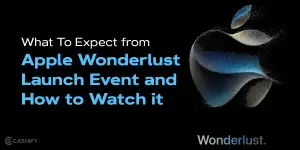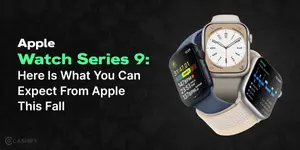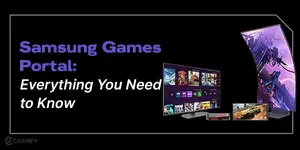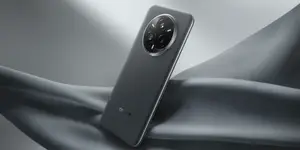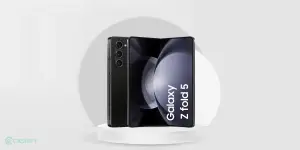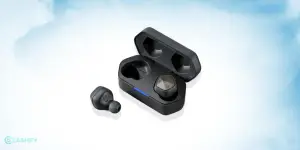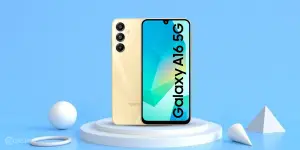If you are a user who changes their phone often then you know the struggles of having to move the data around regularly. Image what we as smartphone reviewers need to go through with brands launching new smartphones every week and we need to switch our smartphones almost every week just to experience it and review it.
While for general consumers the task of purchasing a new phone is rather easy with e-commerce these days, it isn’t equally easy to switch between the phones and copy all the data from one phone to the other without losing out on something. This can be even more painful if you are a reviewer or a phone enthusiast who changes the phone often.
Everyone these days use multiple social media apps, banking apps, capture a lot of photos, and listen to music on the smartphones and it does take some effort to sync this data across devices as you upgrade to a new one, especially on Android. If you are wondering how we as reviewers handle this task on a daily basis, then this article lays down some of the ways we use to make switching between phones easier.
How to Switch Between Phones Easily
Method 1: Using Android Backup Option
Over the last few years, Google has made a lot of changes to Android and has eventually perfected the Android’s backup and restore feature. As long as you have this option enabled on your smartphone, your phone should automatically save your app data, call history, contacts, SMS Text messages, and even your device settings in the Google Drive account you have configured.
You can enable Full Android Backups by heading to the Settings app and into the System tabs. Here look for the Advanced Section and open the Backup Tab. These Backups happen automatically in the background, but you can manually start it as well if you are using a smartphone with Android 8.0 or above.
Once you have backed up your phone, you can enter the setup process on your new Android Phone and Google should show you the option to restore all of your data form the cloud, all you need to do is select the latest backup and the handset that you want to restore the settings from. The rest of the process is completely handled by Google and you will then get the Settings and other synced items from your previous phone onto the new smartphone.
Method 2: Using ADB Backup
ADB Stands for Android Debug Bridge, this is one of the less known backup methods as it is slightly more complicated. You can backup most of your data on your phone including the installed applications, the backup is even stored on your computer so it can be easily accessed at any point for restoring on your new device.
This process involves using Google’s developer tools and you will need the Android SDK. You can read more about how to set up and use the Android SDK Here. Once you have installed and setup Android SDK on your device, you need to enable Developer options on your smartphone and turn on USB debugging. This allows your computer to connect to your smartphone over ADB and ensure ADB is configured and working correctly.
Also Read: How To Install Android SDK On Your Computer – Easiest Way!
To start off with this process, type and run “adb backup -apk -shared -all- f<filepath>/backup,ab” in the terminal or Command Prompt based on if you are using Mac or Windows. Now a window should appear on your smartphone and you will be allowed to enter a password to protect the backup and the process will then be initiated.
For a smooth process, make sure that the smartphone does not go into sleep mode during this process or it might stop working and you won’t be able to save all your device data in the backup. When you got your new smartphone, you can connect it to the computer, enable ADB and type “adb restore <filepath>/backup.ab” in the terminal or Command Prompt window, this will pop up a window on your phone asking if you would like to restore the backed up data.
This process should take several minutes, and you should then see a similar cop of your previous device on the new one. Unfortunately, ADB Backups are not always perfect and it is generally a step we take just to ensure that we have a local backup on the computer.
App Backups
There are several apps of Google that make life a little more easier and Photos app is one of them. It allows you to make a back up of your pictures, videos, and other files using the Photos App or with the Google Drive app. The Google Photos app allows you to automatically backup every photo, screenshot, and video on your smartphone to the cloud, this will be backed up in high resolution by default and will not count against your Google Drive storage, however, if you wish to take Full resolution backups then you can select this option and the images will be uploaded in the original size against your Google Drive Quota.
Also Read: How To Use Cloud Services To Back Up Your Android Device!
Google offers 15GB Drive space to all the users and this can be upgraded easily by signing up for a premium plan under Google One, in addition to these, if you have any vital information in your apps then you can see them in the backup service. WhatsApp also comes with a backup option that creates an automatic backup to your Google Drive account every day and this can be easily restored on a new device.
Backing up your passwords
One of the biggest steps is to log back into every app when you move to a new device, while most developers have an option to log in with your Google Account, there are still a lot of them that require a dedicated username and password.
Also Read: Best Password Manager Apps For Android
The easiest solution to this is to use a password manager, you can check out the default Google Password manager or find alternatives of your choice. These apps allow you to generate a complex password and help you keep your accounts secure, most new smartphones also support the Autofill APIs that was introduced in Android Oreo, this allows these apps to quickly paste your credentials so you do not have to enter them manually.


